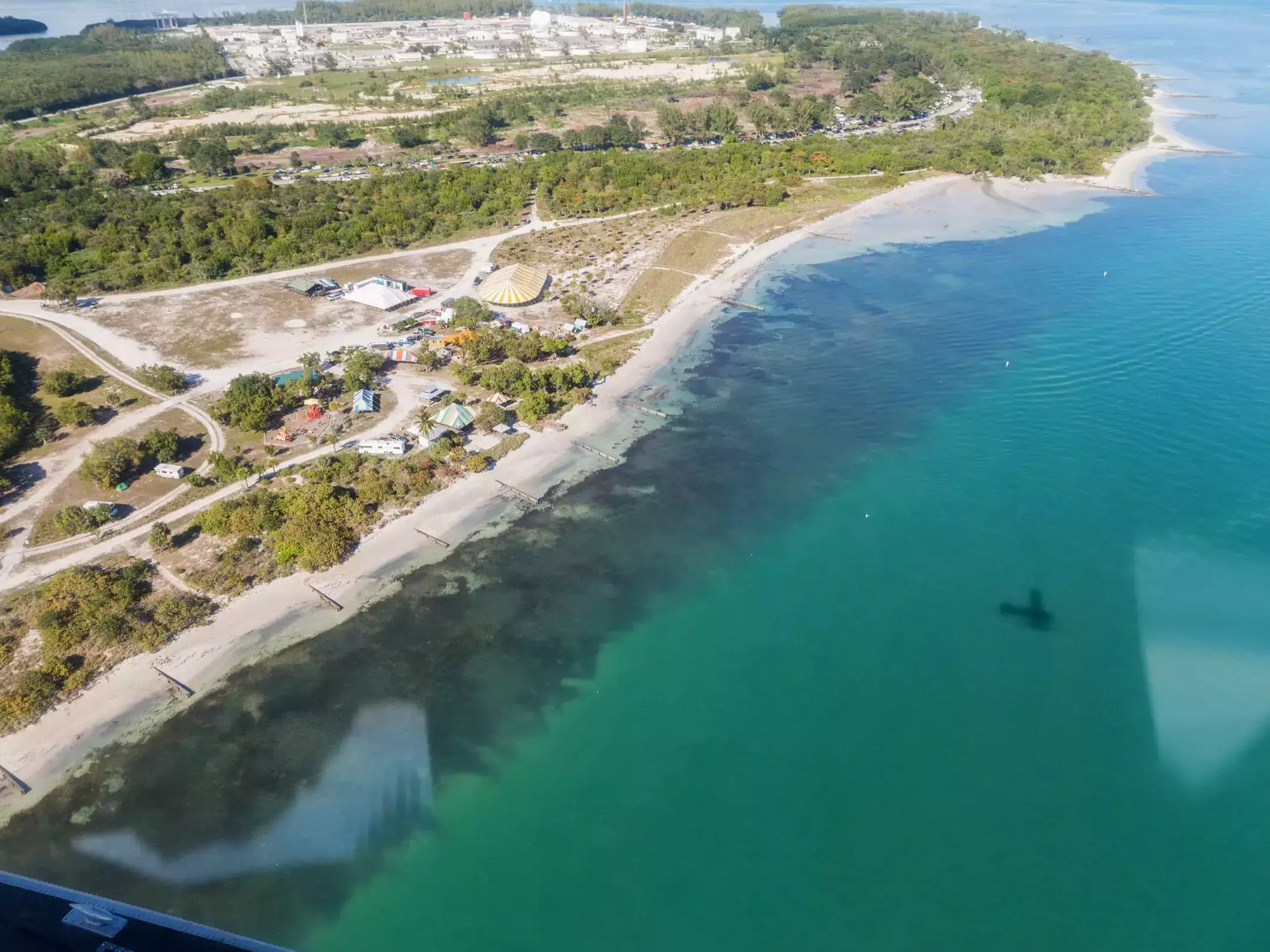On Florida coast as giant bundles of seaweed, potential harbors of perilous “flesh-eating” bacteria, begin to amass on its beaches, scientists caution.
The troubling matter arises from the Great Atlantic Sargassum Belt, a daunting swath of murky seaweed that has been proliferating in the Atlantic Ocean since 2018. It is largely believed to be a byproduct of human activity, InfoAmazonia suggests, with intensive soybean farming and deforestation in the Brazilian Amazon contributing nitrogen and phosphorus to the ocean.
While many seaweed varieties are advantageous for human health and the ecosystem, this vast, 5,000-mile-wide bloom is causing electrical failures, harming aquatic life, and releasing hydrogen sulfide. This gas has been linked to heart infections and pregnancy complications for individuals residing in coastal regions. And, it gives the beaches an unpleasant smell akin to rotten eggs.
The latest warning from researchers is for vacationers to avoid the seaweed clumps washing up on Miami Beach and Key Biscayne. These clumps present a fertile habitat for Vibrio vulnificus, a bacterial species that can instigate deadly “flesh-eating” infections.
“At this stage, I don’t believe anyone has truly considered these microbes and their ability to cause infections,” Tracy Mincer, an assistant professor of biology at Florida Atlantic University (FAU), told FAU in an interview. Mincer, a co-author of the new study published in the journal Water Research, added: “We aim to make the public cognizant of these associated risks.”
What is Vibrio?
Vibrio vulnificus is a species of bacteria that flourishes in warm waters. According to Mincer’s team at FAU, Vibrio is “the primary cause of human fatalities originating from the marine environment.”
If ingested, such as through consumption of contaminated shellfish, Vibrio can cause symptoms like watery diarrhea, fever, and stomach cramps, typically within 24 hours.
The bacteria can also infiltrate the bloodstream through a break in the skin, such as a cut or bite. In some rare instances, this can result in a rapid, potentially fatal “flesh-eating” infection known as necrotizing fasciitis.
The usual treatment for necrotizing fasciitis commences with IV antibiotics to halt the infection and prevent complications like organ failure and sepsis. If the infection advances, surgical intervention to excise the infection may be necessary, which could involve amputation of the infected limbs.
Symptoms of Vibrio infection The CDC advises that early symptoms of a Vibrio infection can include:
- Watery diarrhea and stomach cramps
- Nausea
- Fever and chills
- Blistering skin that may look like black dots
- Low blood pressure
- Pain, swelling, or warmth around an infected wound
How to avoid flesh-eating bacteria at the beach Vibrio infections are relatively rare. Since 2013, Florida has reported 437 cases and 101 deaths, according to the state’s Department of Health.
To avoid Vibrio infections, steer clear of seaweed clumps on the beach.
Ensure any open wounds, including new piercings or tattoos, are covered with a waterproof bandage. Avoid exposure of seawater or juices from undercooked fish to an open wound — even













